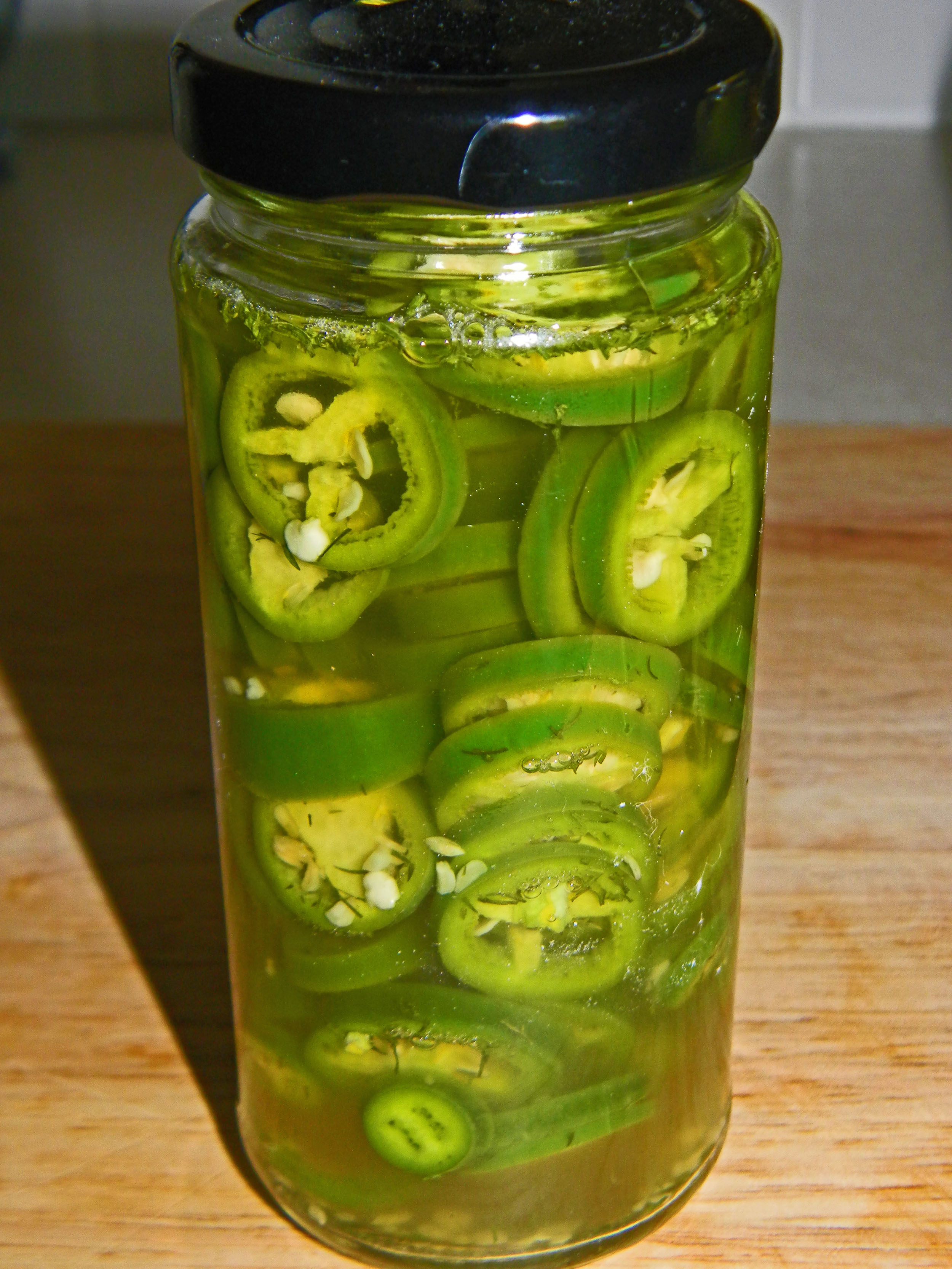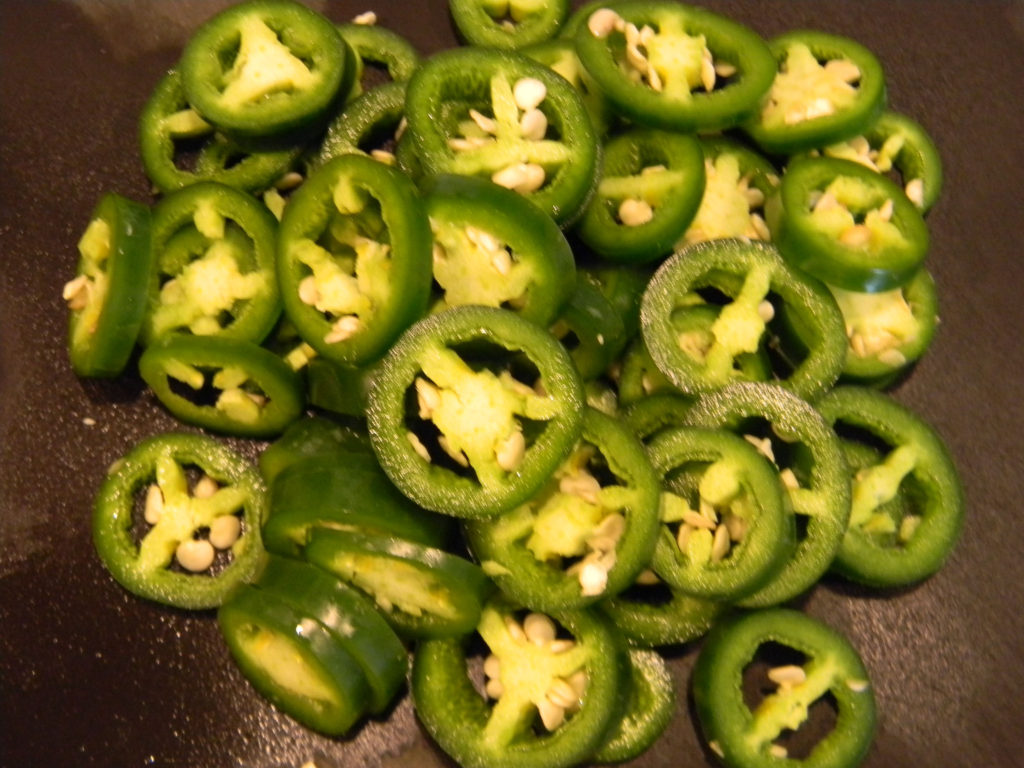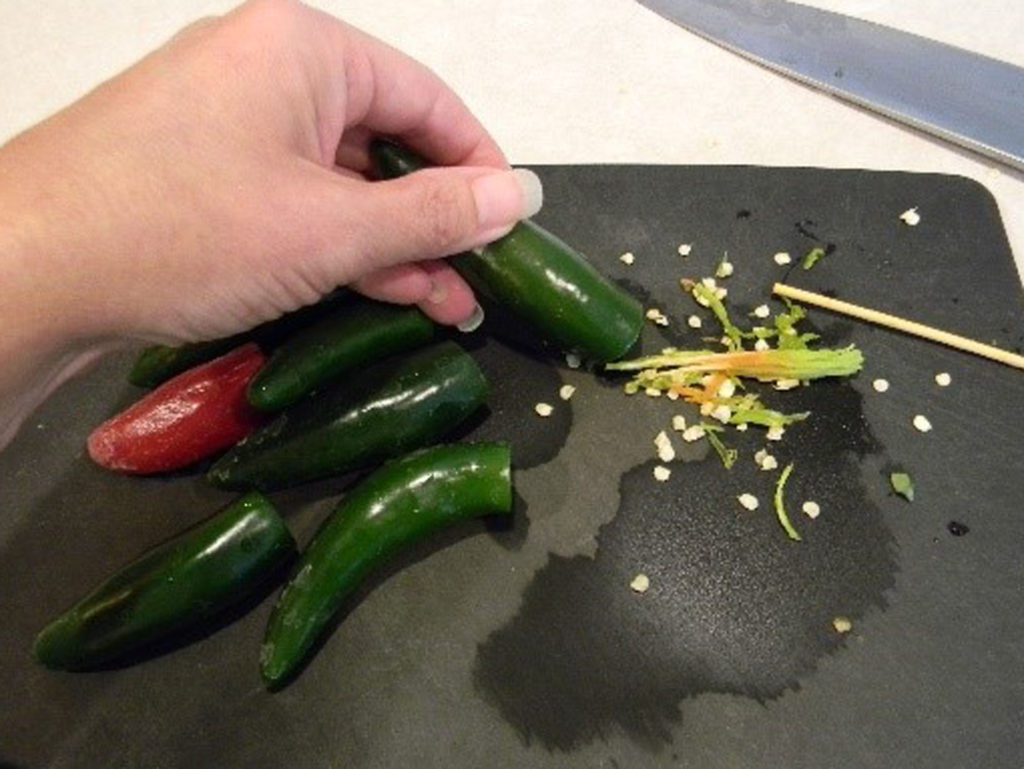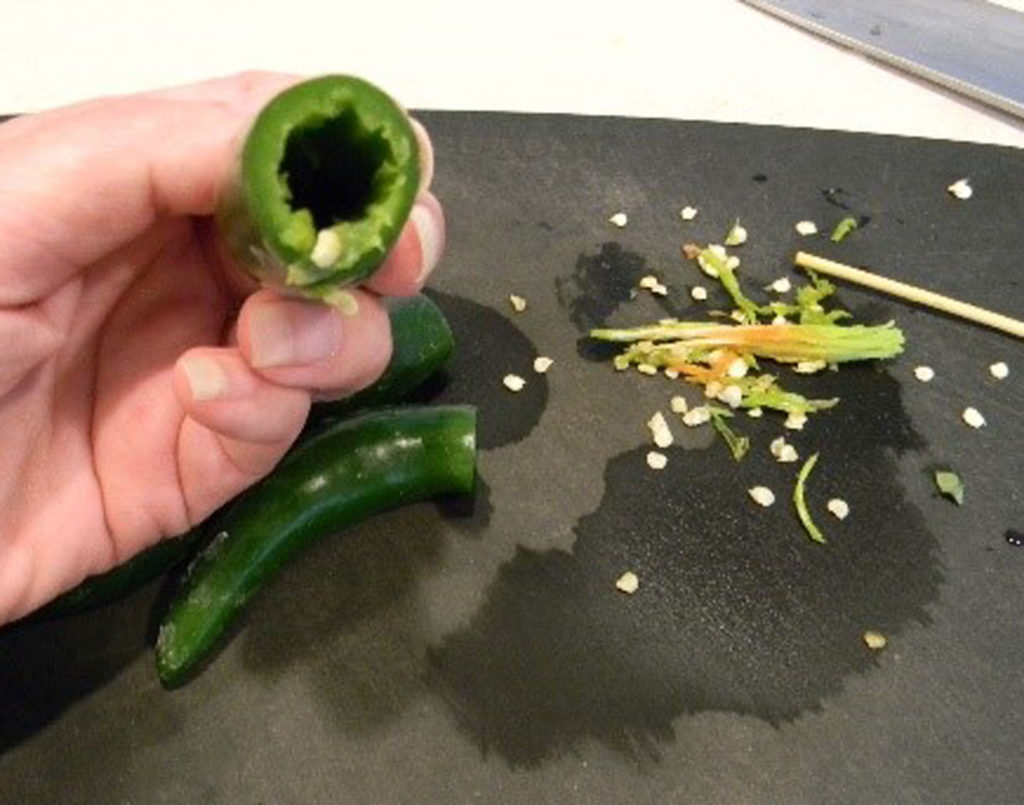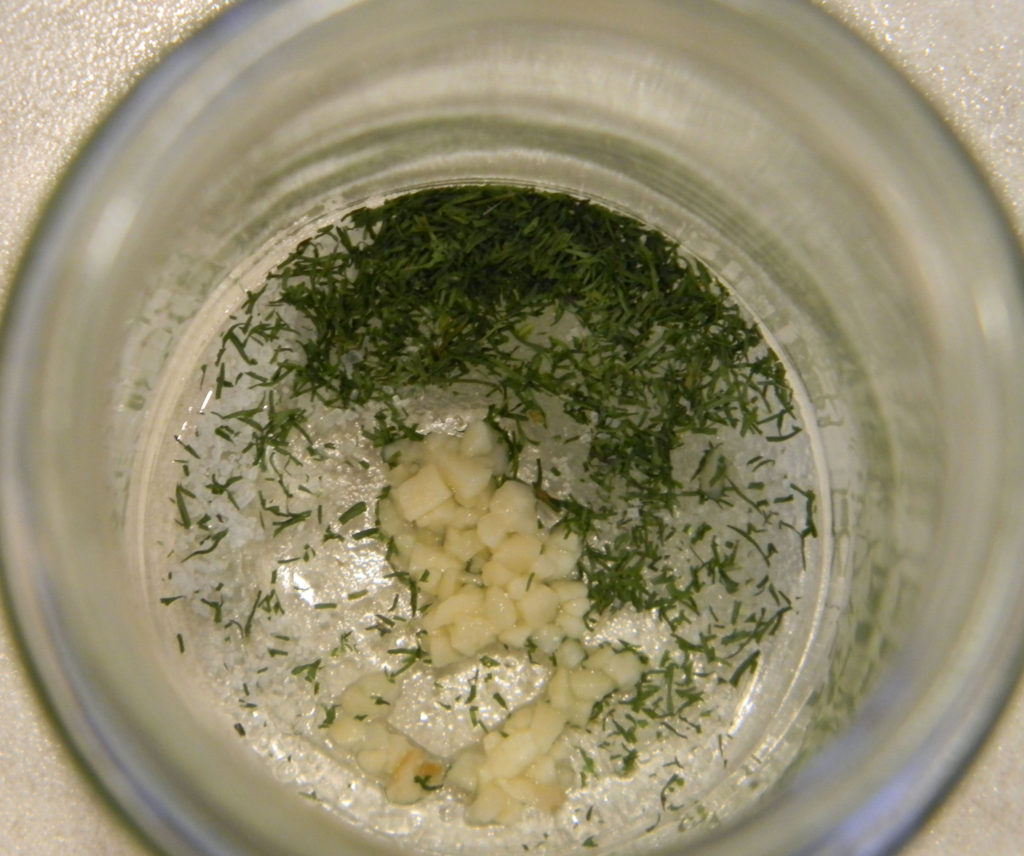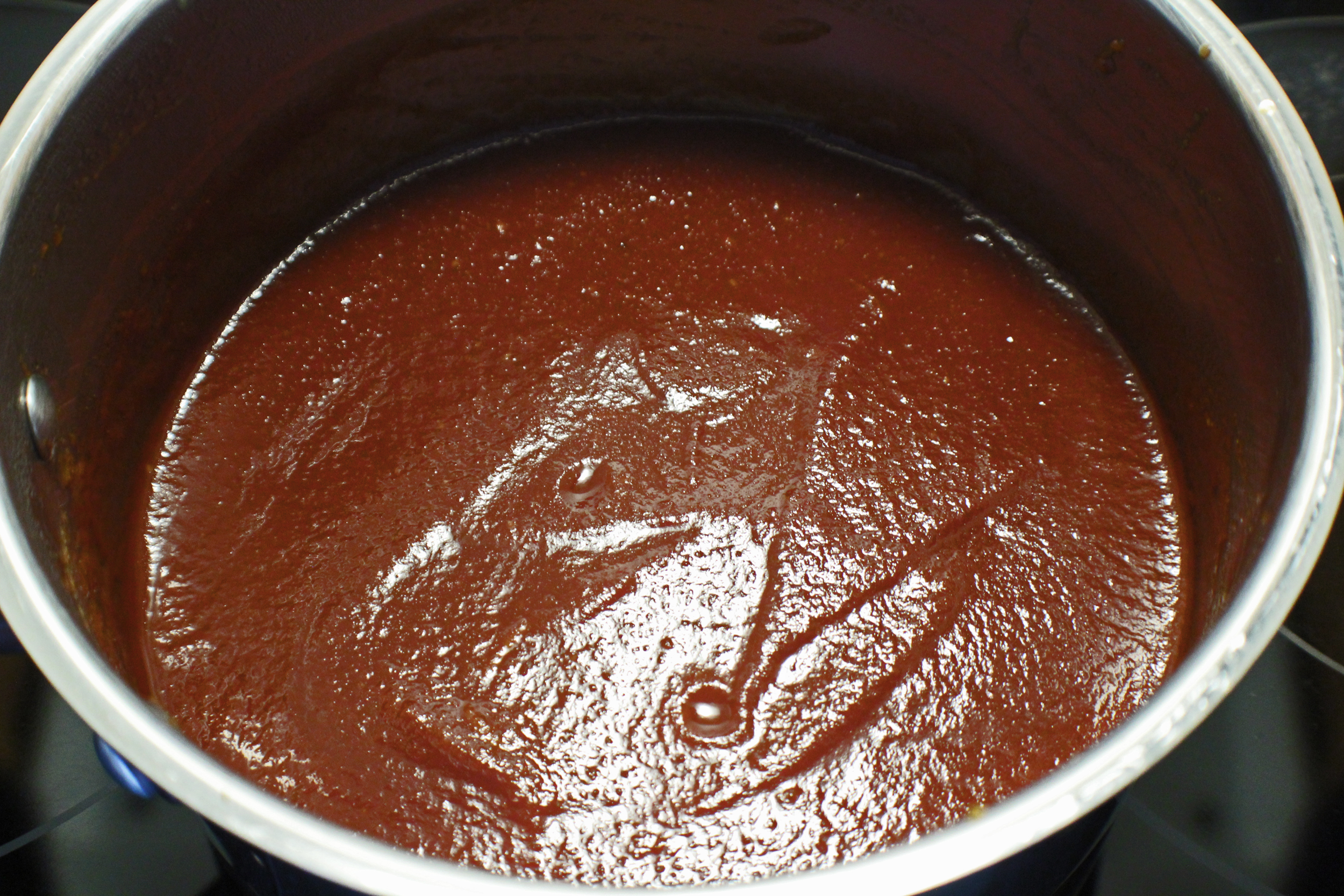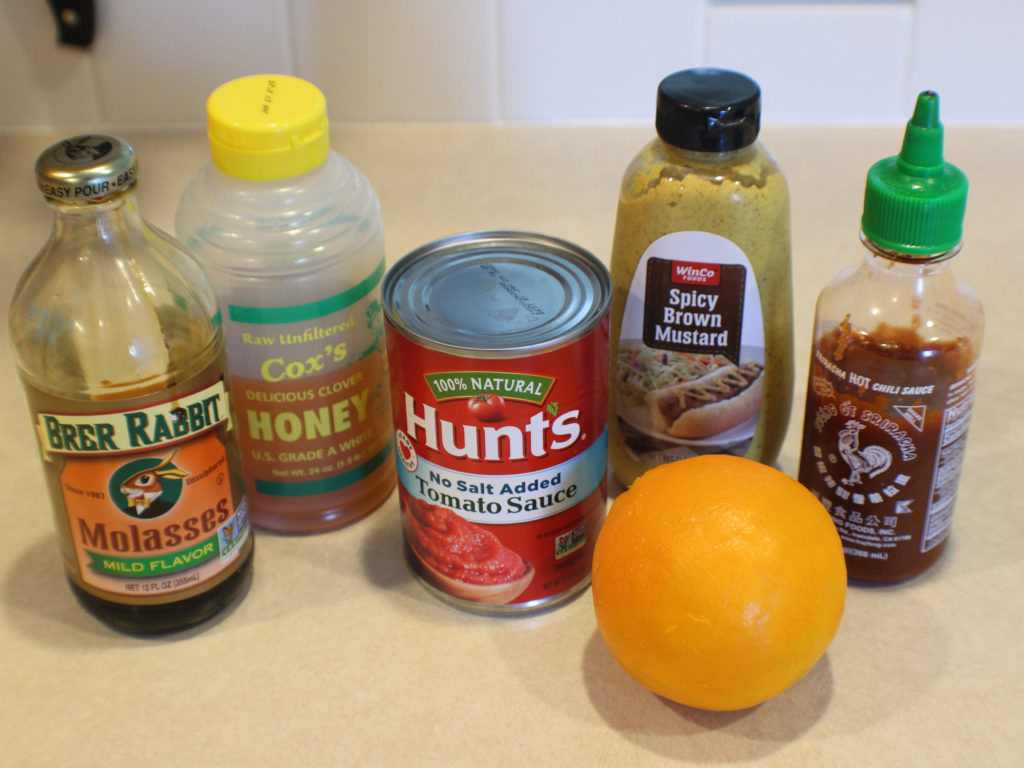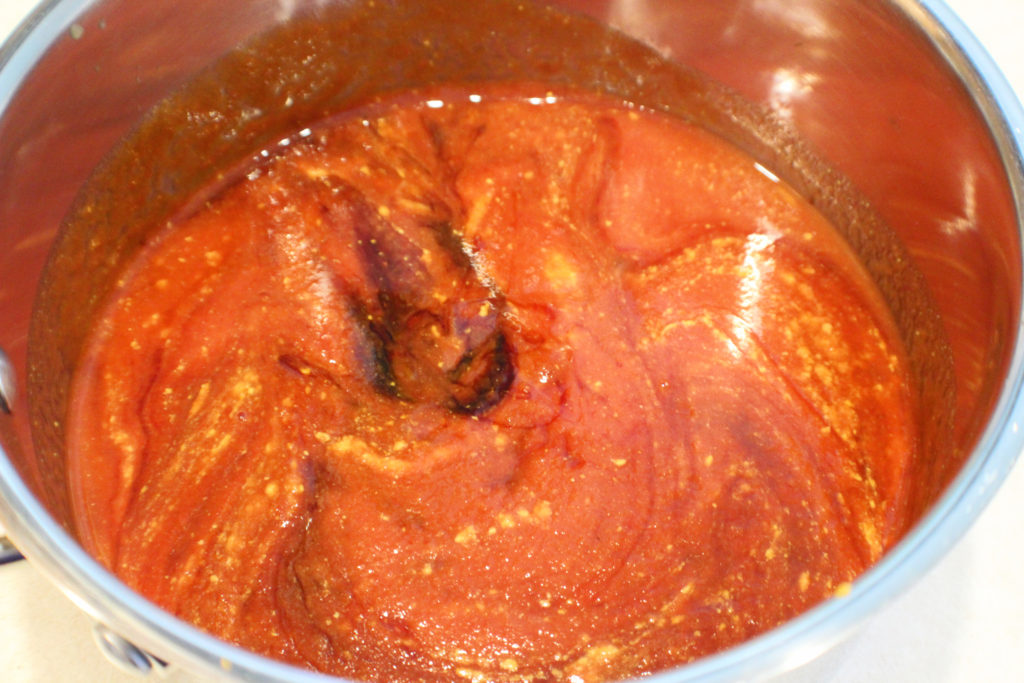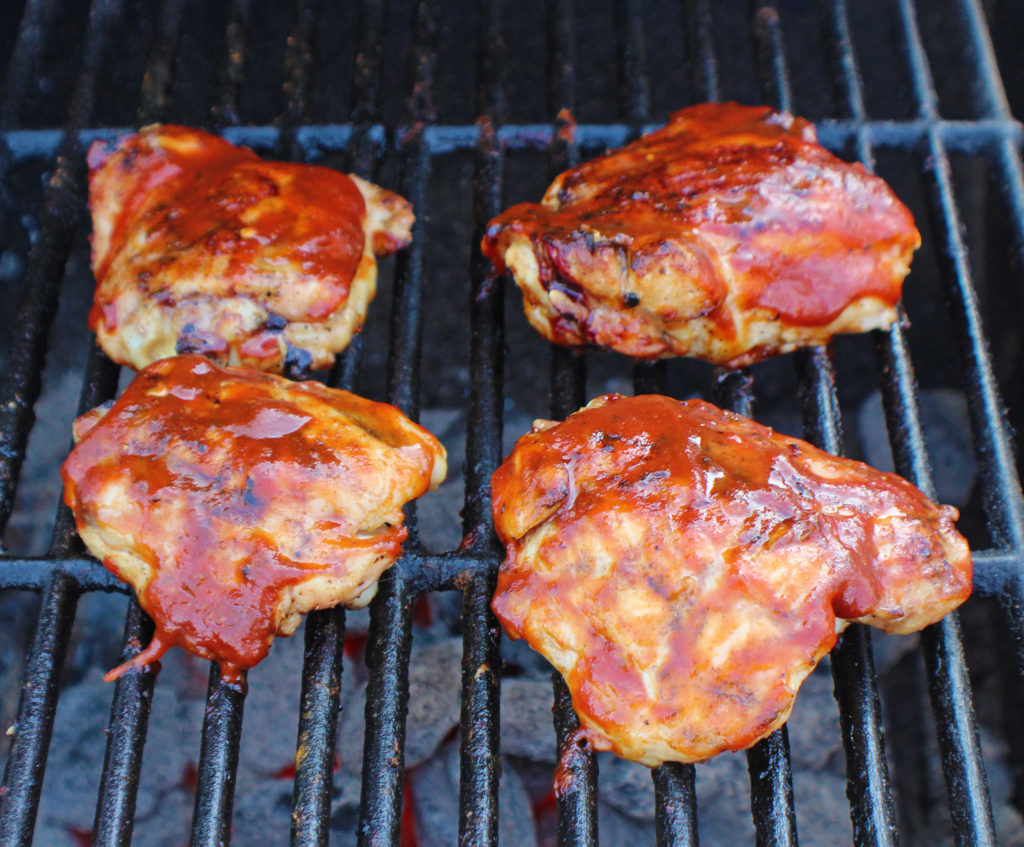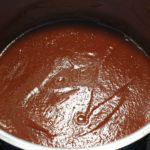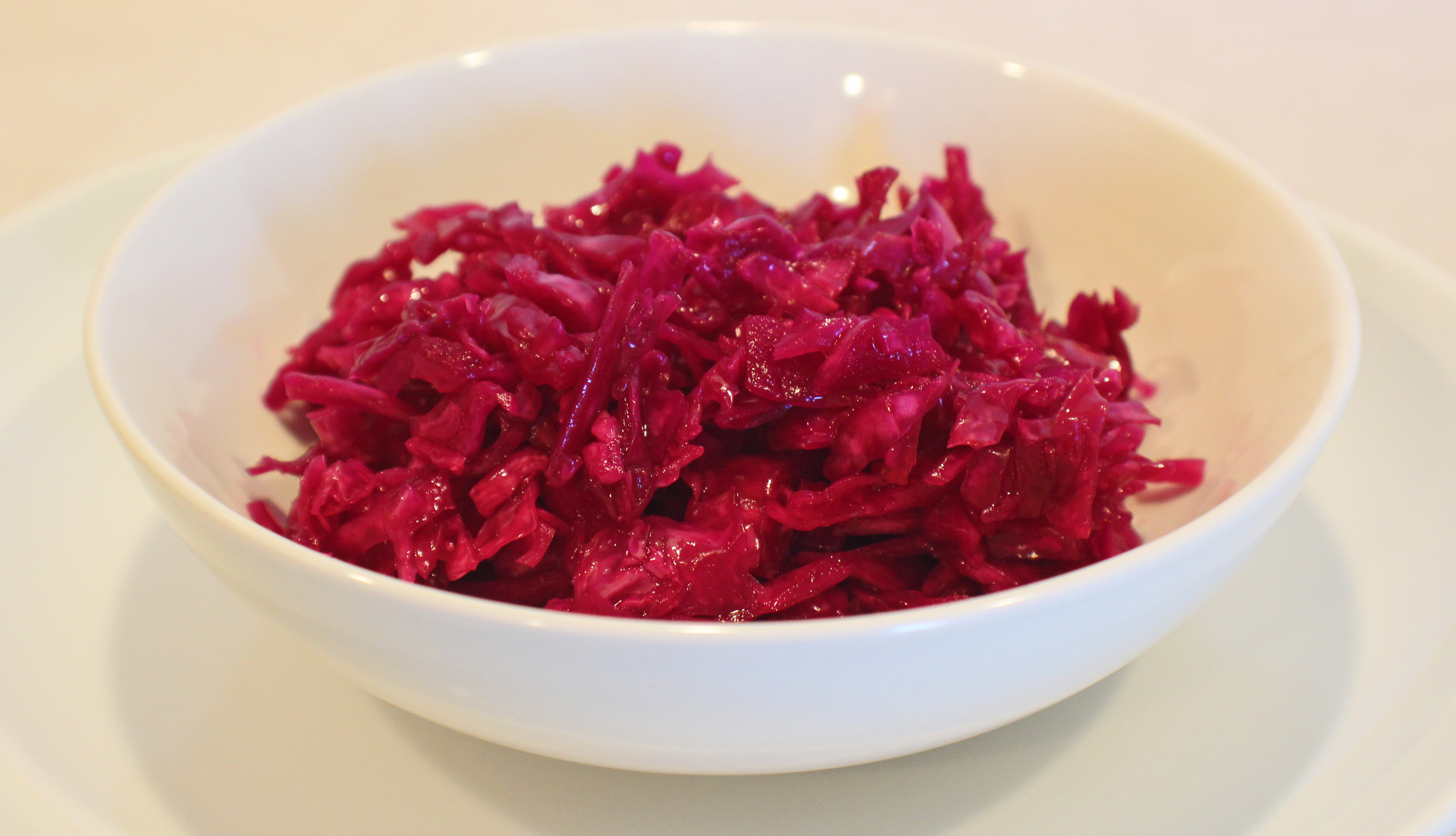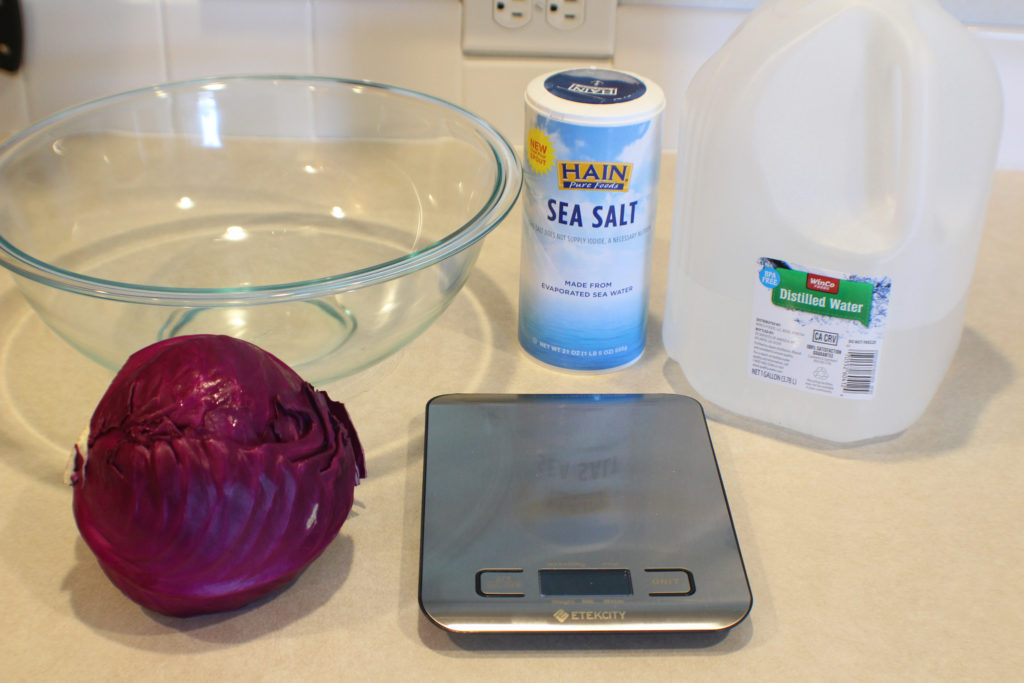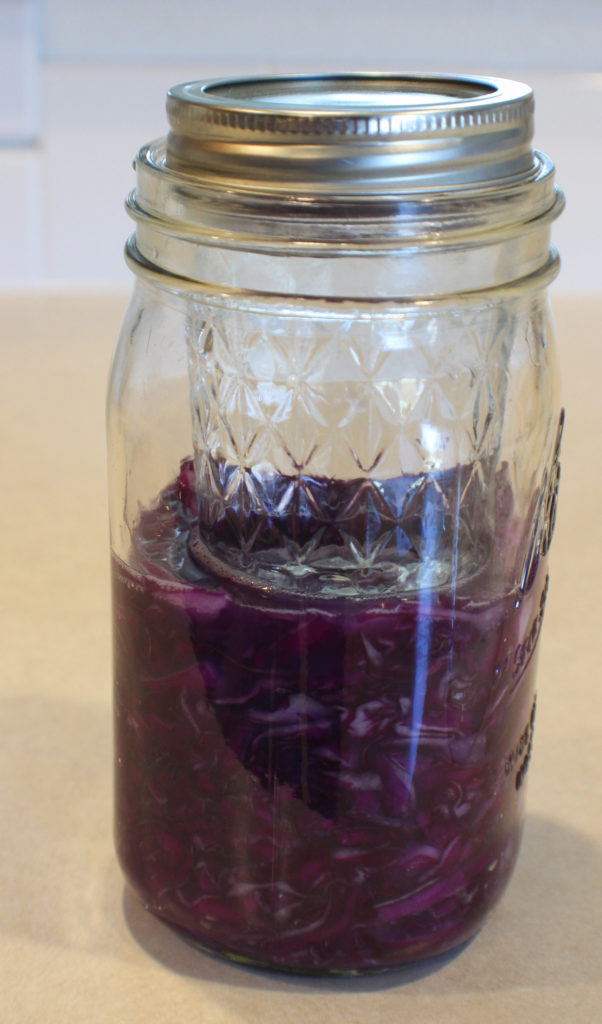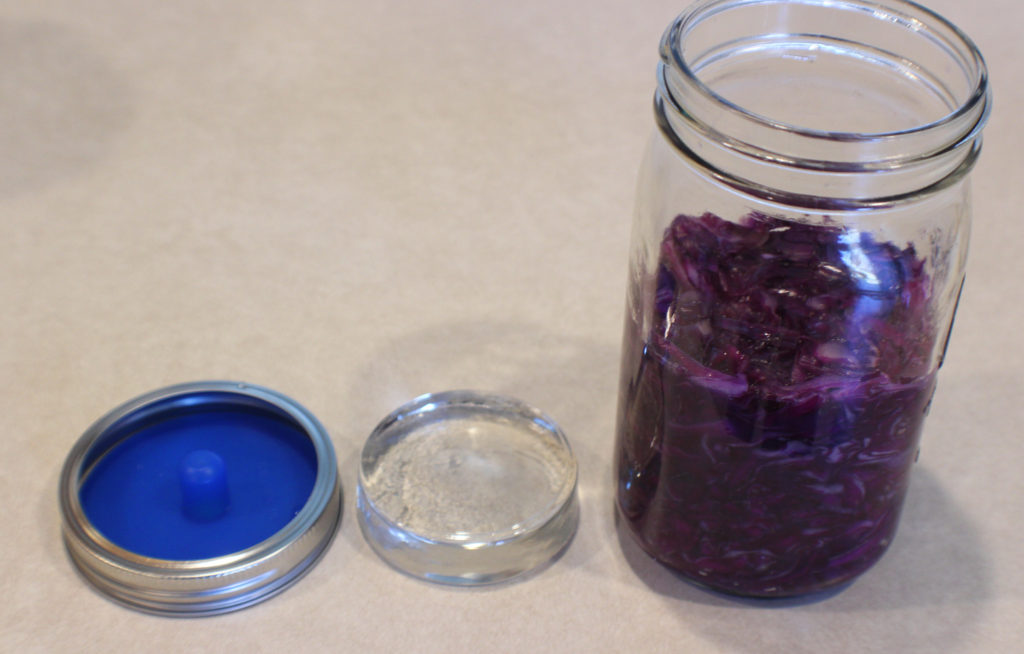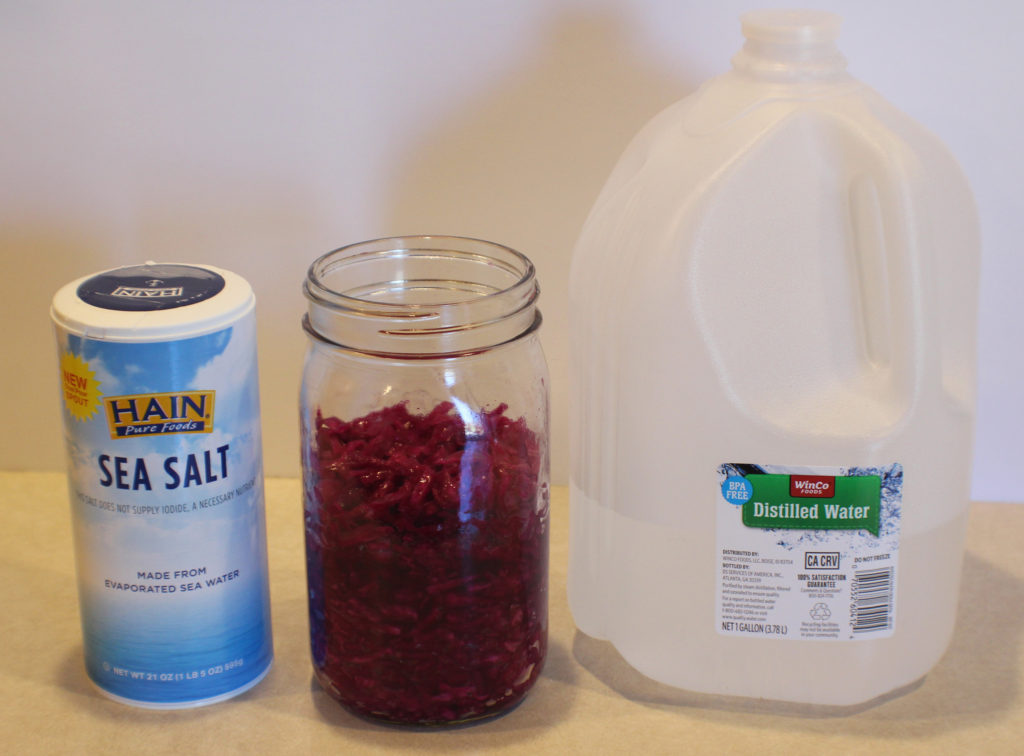I really like food that tastes so good that you don’t need to add anything else, but there is something to be said about a great sauce. I came up with this sauce to use as a condiment on burgers, but have since used it as a salad dressing, a veggie dip, and a fry sauce.

This is super simple and only takes a few minutes to throw it together.
Start by gathering your ingredients. I had fresh garlic in my garden (pictured on the left). I also had some homemade mustard that I used instead of store-bought Dijon.
I pulled a couple limes out of the freezer 2 days prior to give them enough time to thaw. The morning I was going to make this sauce, I pulled the limes out of the refrigerator so they came to room temperature to ensure they gave me all the juice they had. Turned out I only needed 1 lime.
You can find jarred cherry peppers in the pickles and olives section in the grocery store.
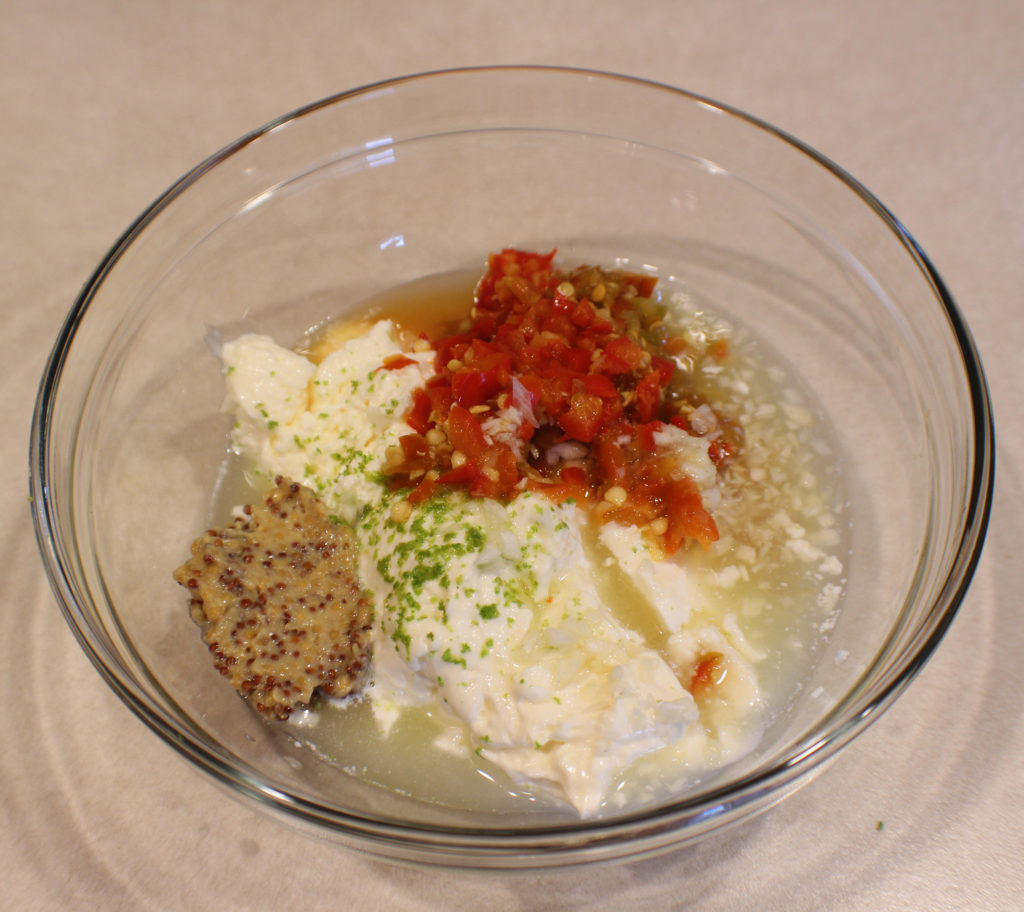
Put your mayo and mustard in a bowl. Zest and juice your lime into the bowl. Chop your garlic and peppers and add to the bowl plus some pepper juice from the jar.
Just mix it up and it’s ready to enjoy!
Try it as the condiment on Pepper Burgers.
Sweet Pepper Sauce
Ingredients
- 1 cup mayonnaise
- 2 tbsp lime juice 1 lime + zest
- 1 tbsp cherry pepper juice
- 1 tbsp Dijon mustard
- 3 tbsp sweet cherry peppers chopped
- 1 tsp garlic minced
Instructions
- In a medium bowl, add the mayonnaise, zest and juice from 1 lime, mustard, and cherry pepper juice.
- Chop the garlic and cherry peppers and add to the mayonnaise mix.
- Mix well.
- Enjoy!



